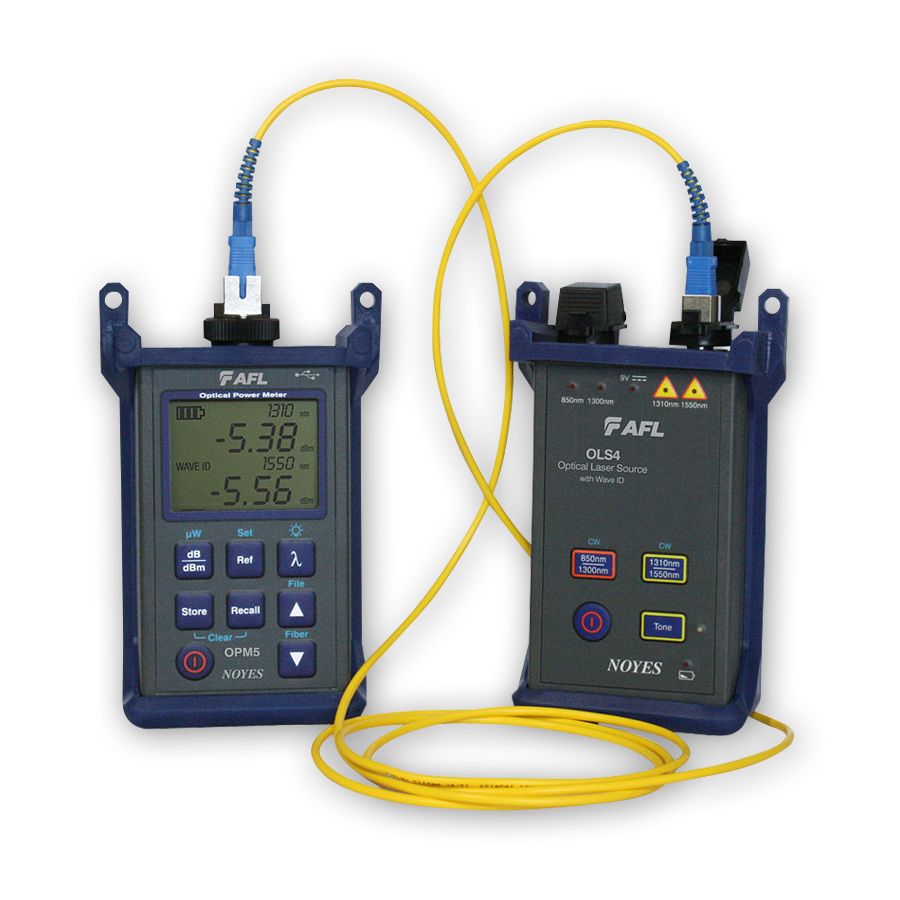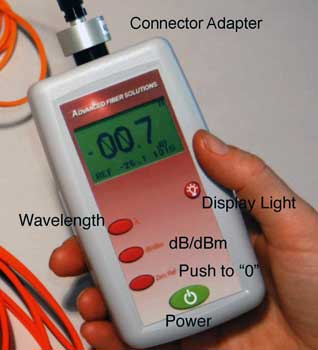Understanding fibre testing equipment and its importance in network reliability
Wiki Article
All You Need to Find Out About Robotic Vision and Its Applications in Advanced Optical Measurement Systems
Robotic vision represents a significant improvement in the intersection of computer system vision, expert system, and artificial intelligence. This innovation improves the precision of optical dimension systems, making it possible for real-time data analysis and improved quality assurance. Its influence spans multiple fields, from producing to health care. However, the progressing landscape of robotic vision questions concerning future abilities and applications (optical fibre diameter analyser). What advancements lie in advance in this transformative field?Comprehending Robotic Vision: Secret Concepts and Technologies
Robotic vision encompasses the innovations and methodologies that enable equipments to interpret and comprehend visual details from their environment. This area integrates components of computer vision, artificial knowledge, and artificial intelligence to promote automatic decision-making based upon aesthetic data. Trick concepts include image handling, which includes the improvement and evaluation of images to extract meaningful features, and things acknowledgment, which enables devices to determine and identify objects within a scene.
The Combination of Robotic Vision With Optical Dimension Solutions
As industries increasingly demand accuracy and efficiency, the integration of robot vision with optical measurement systems has become a transformative method. This harmony permits robotics to regard and translate their surroundings, boosting the ability of optical measurement systems to analyze and examine objects with exceptional accuracy. By gearing up optical sensors with sophisticated imaging innovations, robot vision makes it possible for real-time data collection and handling, facilitating immediate changes to dimension criteria.The combination encourages automated systems to identify variants in measurements, surface area high quality, and placement, which are essential in quality control processes. Enhanced algorithms, such as maker discovering, further increase this combination by enhancing the systems' ability to adapt to various atmospheres and circumstances. As a result, the integration not just improves dimension processes however additionally minimizes errors, guaranteeing that items meet rigorous industry requirements, therefore solidifying the duty of robot vision in the future of optical measurement systems.
Applications of Robotic Vision in Production
In contemporary production atmospheres, using vision systems has actually reinvented production processes by making it possible for equipments to carry out jobs with amazing accuracy and speed. Robotic vision systems are significantly utilized for quality assurance, where they examine products for defects and warranty adherence to requirements. These systems use electronic cameras and advanced algorithms to examine products in real-time, substantially minimizing the threat of human mistake.Furthermore, robot vision promotes automation in production line, permitting robots to accurately determine elements and construct them with very little downtime. This technology additionally boosts inventory administration, as vision systems can keep track of supply levels and spot discrepancies, assuring a smooth supply chain.
Moreover, robotic vision help in the execution of smart factories, where data from vision systems can be incorporated i was reading this with other innovations to maximize workflows. On the whole, the applications of robotic vision in manufacturing demonstrate its important duty in improving efficiency, top quality, and efficiency across various sectors
Robotic Vision in Health Care: Transforming Individual Care

In rehabilitation, robot vision help in monitoring patient progress and customizing therapy sessions to individual requirements. It sustains physician by automating jobs such as information collection and person tracking, permitting more time to focus on straight individual interaction. In addition, robotic vision enhances telemedicine by allowing remote medical diagnosis and online assessments, connecting the gap between clients and doctor. Overall, the application of robotic vision in health care is transforming person treatment, leading to improved end results, efficiency, and patient contentment.
Future Patterns and Advancements in Robotic Vision Technology
The quick advancement of robot vision technology assures to additionally enhance its applications throughout various try this web-site markets, including healthcare. Future patterns indicate a considerable change towards incorporating expert system and artificial intelligence, allowing systems to gain from large datasets and enhance accuracy gradually. Improved sensor innovations and deep discovering algorithms are anticipated to improve item acknowledgment capacities, allowing robotics to analyze complicated settings a lot more successfully.
In addition, the combination of increased truth (AR) with robotic vision will likely change exactly how robotics help in operations and diagnostics. This harmony will facilitate real-time data visualization, enhancing decision-making procedures. In addition, miniaturization of elements will certainly cause even more portable and versatile robotic vision systems appropriate for a range of jobs. As these innovations unfold, sectors will certainly witness boosted automation and effectiveness, solidifying robotic vision as a foundation of ingenious technical services.
Regularly Asked Questions
What Are the Main Parts of a Robot Vision System?
The main elements of a robot vision system consist of electronic cameras for image capture, processors for data analysis, formulas for interpretation, and actuators for motion. Together, these elements enable robotics to perceive and interact with their setting properly.Just How Does Robotic Vision Improve Precision in Measurements?
Robotic vision boosts dimension precision by using advanced imaging innovations, enabling exact things detection and spatial analysis. This capacity lowers human error, raises repeatability, and enables real-time adjustments, eventually improving general dimension reliability and effectiveness.What Industries Benefit The Majority Of From Robotic Vision Modern Technology?
Various markets profit significantly from robot vision modern technology, including manufacturing, medical care, farming, and logistics. These industries make use of you could try these out improved precision, effectiveness, and automation, resulting in improved performance and minimized operational costs in their particular processes.Can Robotic Vision Systems Work in Low-Light Issues?
Robotic vision systems can without a doubt function in low-light conditions, utilizing innovative sensors and formulas to enhance photo clarity. This capability enables them to perform properly in different environments, consisting of commercial and security applications, despite very little illumination.What Are the Prices Related To Implementing Robotic Vision?
The expenses linked with implementing robotic vision differ significantly, influenced by elements such as cams, software, and assimilation. Added costs consist of upkeep, training employees, and possible upgrades to existing systems, which can accumulate gradually.Report this wiki page